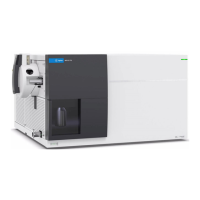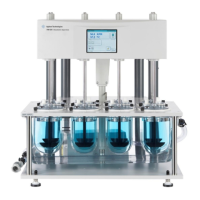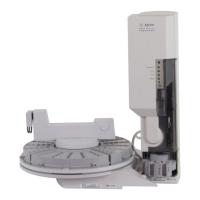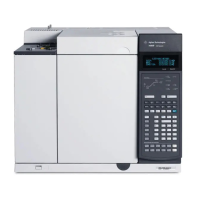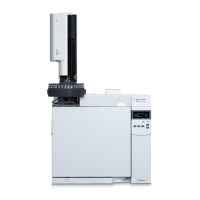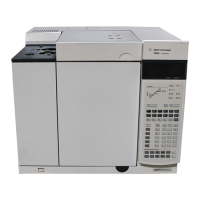18 Troubleshooting and Maintenance Manual
1 Introduction
Precautions
Take the following precautions when operating a GC/MS system with
hydrogen carrier gas.
Equipment precautions
General laboratory precautions
• Avoid leaks in the carrier gas lines. Use leak-checking equipment to
periodically check for hydrogen leaks.
• Eliminate from your laboratory as many ignition sources as possible (for
example, open flames, devices that can spark and sources of static
electricity).
• Do not allow hydrogen from a high pressure cylinder to vent directly to
atmosphere (danger of self-ignition).
• Use a hydrogen generator instead of bottled hydrogen.
Operating precautions
• Turn off the hydrogen at its source every time you shut down the GC or MS.
• Do not use hydrogen as a collision cell gas.
You MUST make sure the top thumbscrew on the front analyzer side plate and the
top thumbscrew on the rear analyzer side plate are both fastened finger-tight. Do not
overtighten the thumbscrews; this can cause air leaks.
You MUST leave the collision cell chamber top plate shipping brackets fastened. Do
not remove the shipping brackets from the top plate for normal operation; they
secure the top plate in the event of an explosion.
You must remove the plastic cover over the glass window on the front of the
analyzer. In the unlikely event of an explosion, this cover may dislodge.
Failure to secure your MS as described above greatly increases the chance of
personal injury in the event of an explosion.

